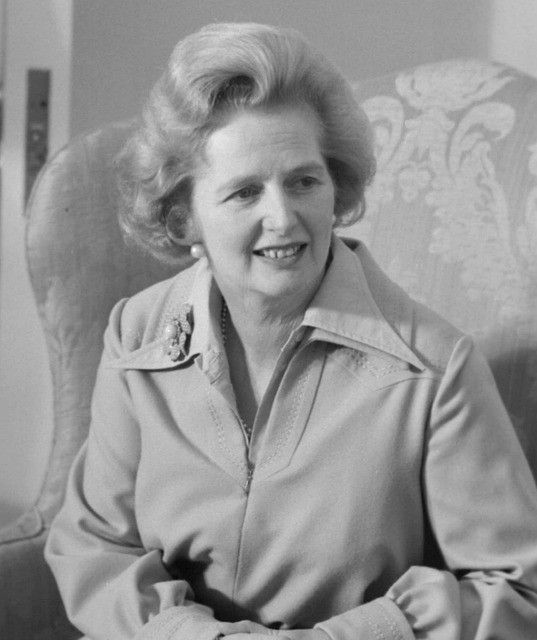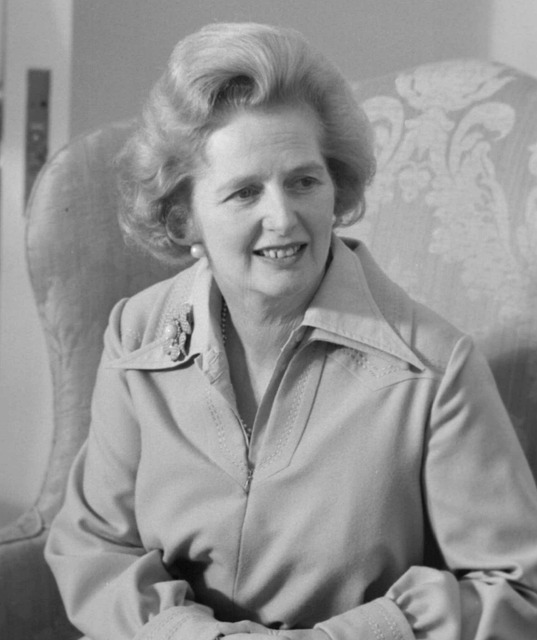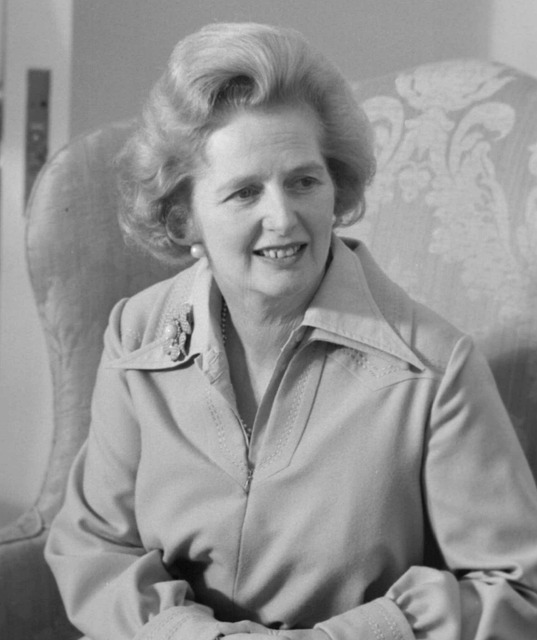In today's real estate market, close-knit communities are highly desired for their social interaction, safety, and mutual support, addressing modern disconnection trends. Developers cater to this demand by creating walkable areas, community centers, shared spaces, and organizing events. These traditional neighborhoods, rooted in vibrant ties and collaborative efforts, shape local real estate trends, with multi-generational homes and communal spaces being popular choices. To find communities upholding traditional values, explore regions known for their close-knit bonds, rich history, and active community spirits, guided by real estate agents.
In today’s fast-paced world, close-knit community life rooted in traditional values remains an appealing aspect for many seeking real estate. These communities offer a sense of belonging, strong social connections, and enduring traditions that set them apart. Understanding the allure and dynamics of such communities is essential for buyers and developers alike, as it influences decision-making processes in the competitive real estate market. This article explores these aspects to help you navigate and appreciate these unique environments.
Understanding the Appeal of Close-Knit Communities in Real Estate

In the vibrant landscape of real estate, one of the most appealing aspects for many buyers is the close-knit community life that comes with certain neighborhoods or residential areas. These communities offer a unique sense of belonging and connection, often characterized by friendly faces, shared values, and a collective spirit. In today’s fast-paced world, where individuals are increasingly disconnected from their neighbors, traditional, close-knit communities provide a refreshing alternative, fostering a sense of safety, social interaction, and mutual support.
Real estate developers recognize the growing demand for such communities, incorporating design elements that encourage neighborhood engagement. Walkable streets, community centers, shared green spaces, and organized social events create an environment where residents naturally connect and build lasting relationships. This sense of community not only enhances the overall quality of life but also contributes to a stronger, more cohesive society, making it a significant consideration for anyone seeking a place to call home.
The Role of Traditional Values in Shaping Community Dynamics

In close-knit communities, traditional values serve as the foundation for the dynamics that shape everyday life and interactions. These shared beliefs and practices foster a sense of belonging and cohesion among residents, creating an environment where everyone is invested in the collective well-being. In real estate, this translates into vibrant neighborhoods where neighbors know each other by name, look out for one another, and often collaborate to enhance their living spaces and surroundings. The emphasis on community builds trust, encourages open communication, and promotes a shared responsibility for maintaining a harmonious environment.
As traditional values guide behavior and decision-making within these communities, they also influence the types of homes and amenities that are sought after. For instance, families may prefer larger, multi-generational homes or communal spaces that cater to collective gatherings and events. This preference, in turn, influences local real estate trends, with developers and property owners adapting their offerings to meet these specific needs. Thus, traditional values not only shape the social fabric but also have a tangible impact on the physical landscape of close-knit communities, ensuring they remain vibrant hubs of activity and interaction.
How to Find and Assess Communities with Strong Traditional Values

When seeking communities that uphold traditional values, it’s essential to look beyond urban buzz and delve into regions known for their close-knit ties. Real estate agents often have valuable insights into local cultures, guiding potential residents towards areas with strong community spirit. Areas with a rich history tend to preserve traditions, offering a glimpse into the past while fostering a collective identity.
Assessing these communities involves engaging with locals and observing daily life. Look for events that bring people together—from neighborhood festivals to volunteer initiatives. Active community centers or churches can be indicators of deep-rooted traditions. Moreover, consider local businesses, as family-owned establishments often reflect the area’s values and foster a sense of belonging, making it easier to assess the strength of traditional ties within a community.






